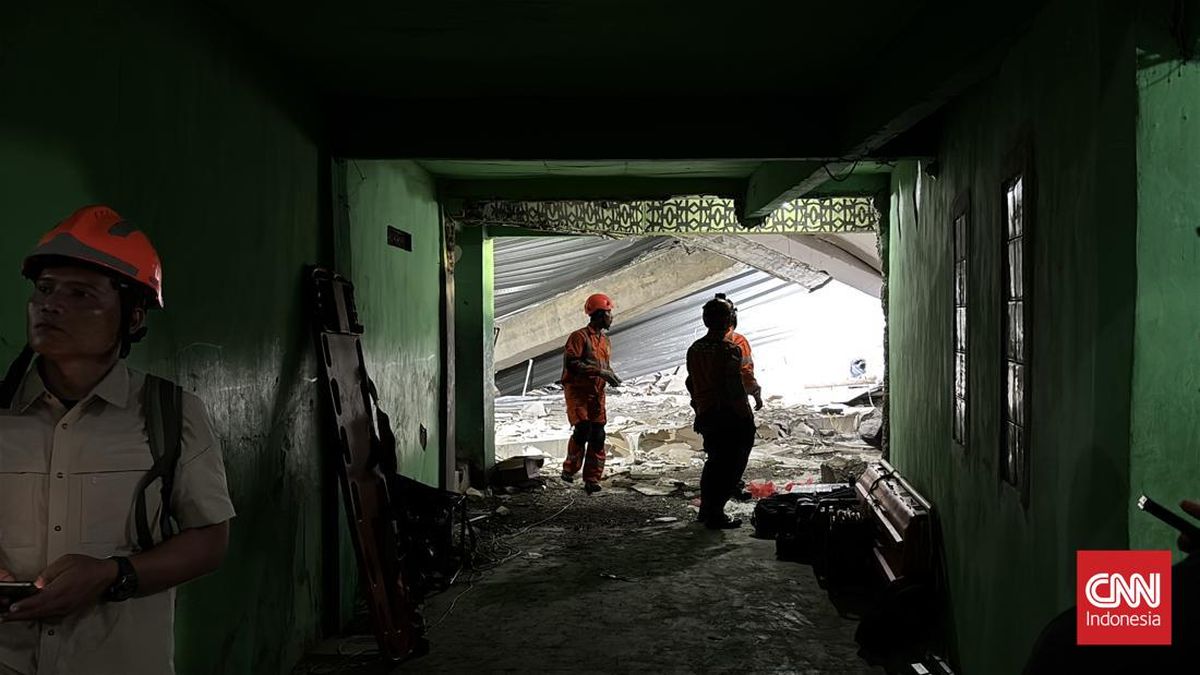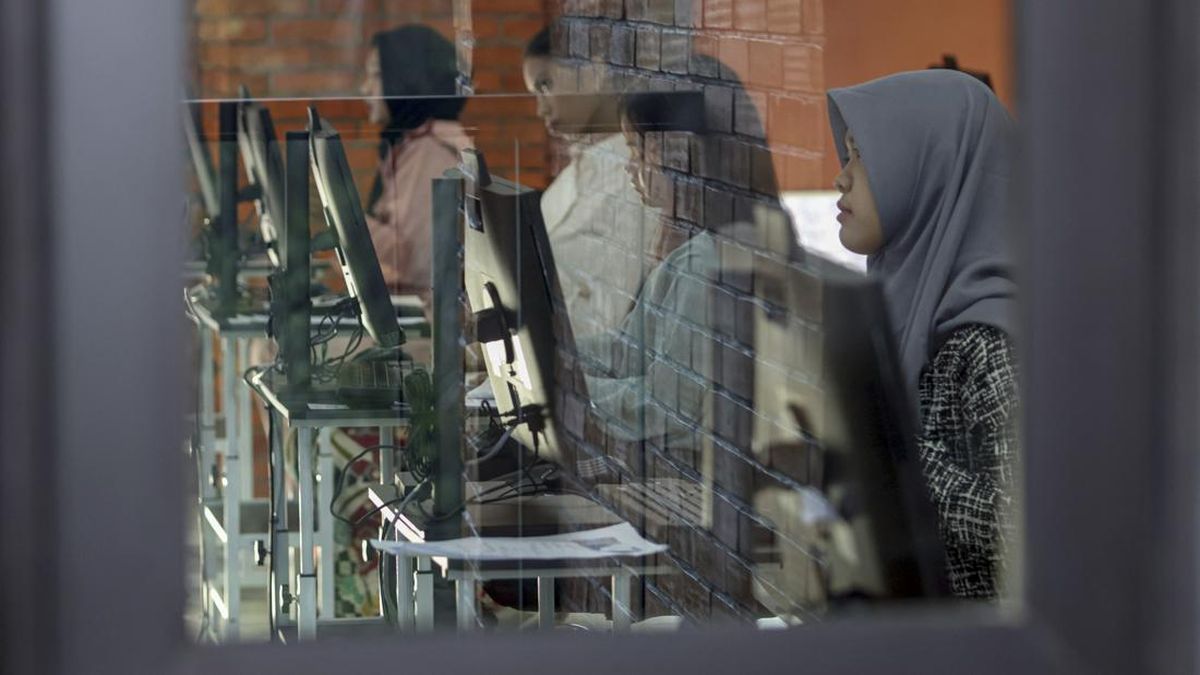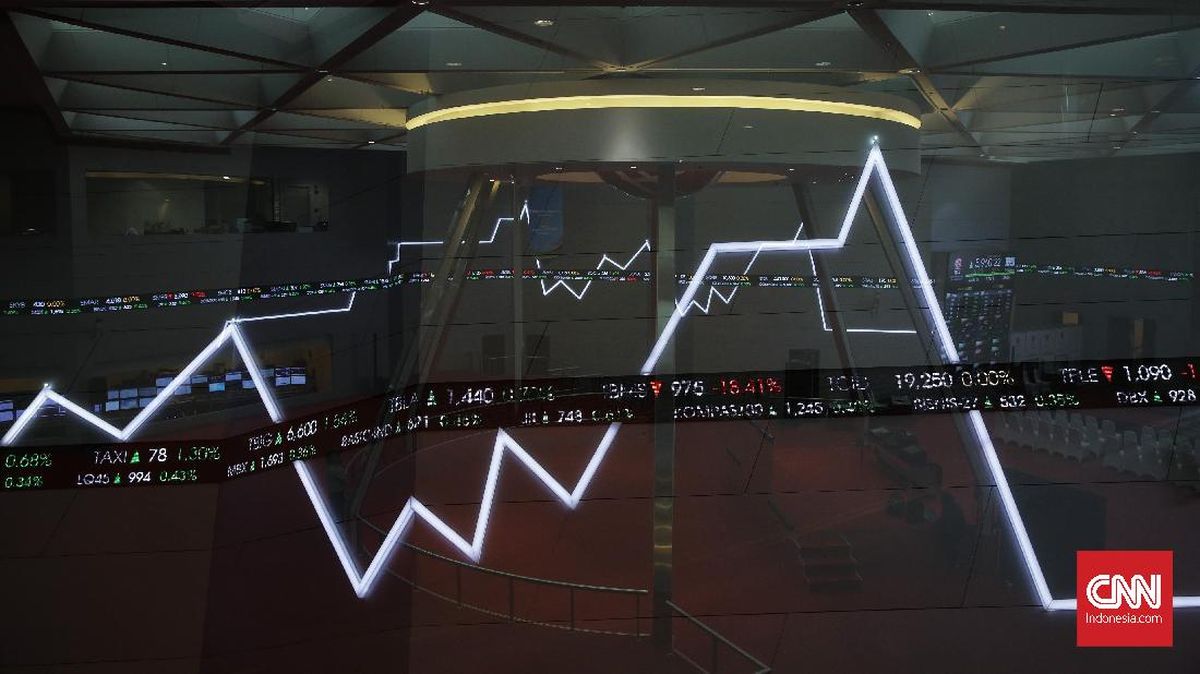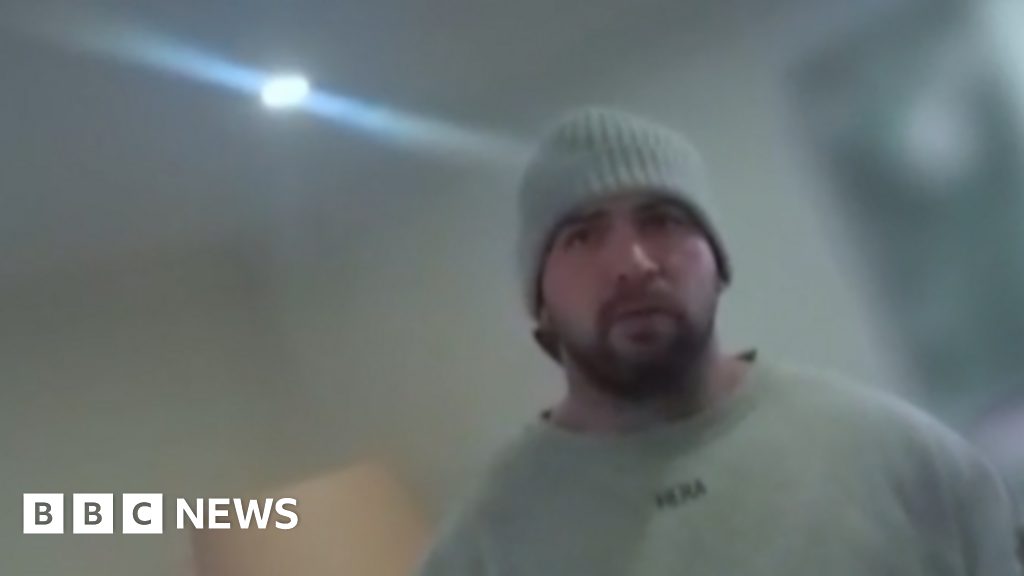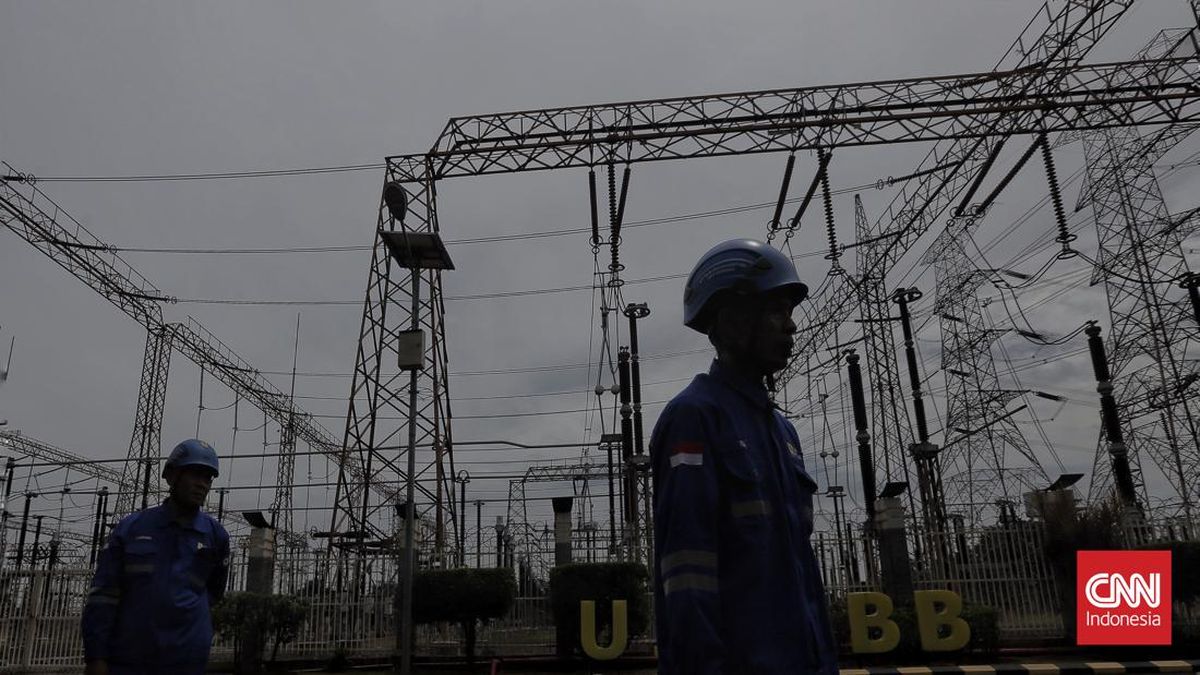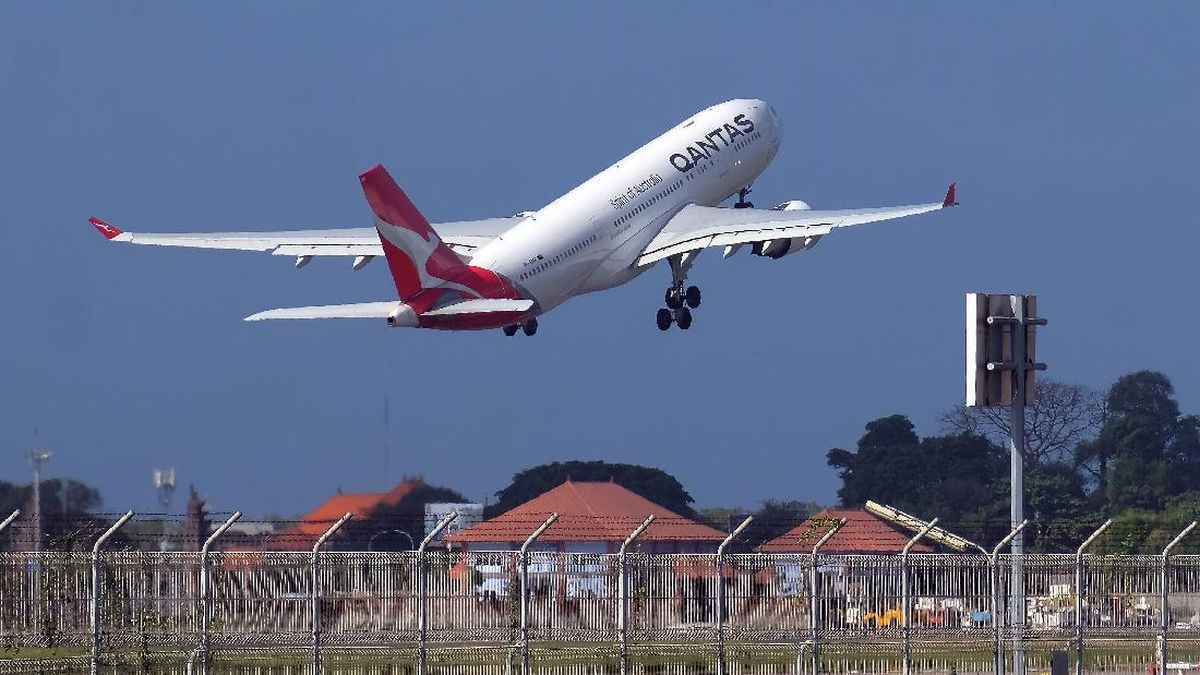Data has suggested many households also chose to save last year’s stage 3 tax cuts; the household savings ratio is at its highest level since 2022, consumer confidence is in the doldrums and last week’s retail spending figures were also soft.
This weakness is surprising. Economists had expected that, by now, lower inflation and lower mortgage repayments would have fired up spending. What has held back the spending rebound?

Households are wary of unleashing the spending potential from interest rate cuts. Credit: Nick Moir
IFM Investors chief economist Alex Joiner points out that consumers measure the cost of living not through the inflation rate but how expensive doing the shopping feels. And on that front, he says prices are still 20 to 25 per cent higher than they were in 2019.
The recovery in wages and slowdown in inflation of recent years has not yet made up for the hit that households took from the post-COVID surge in inflation. “Household incomes are starting to grow, but there’s a long way for them to catch up,” Joiner says.
Loading
The Commonwealth Bank says there appears to have been “scarring” from the cost-of-living crunch, so households now appear more focused on saving and paying down debt.
CBA senior economist Belinda Allen says this looks like the result of how households are feeling, as opposed to a change in their financial capacity to spend. “They are just more wary to unleash that spending potential,” she says.
That wary attitude can cause problems for the economy because household consumption accounts for more than half of gross domestic product.
What can the Reserve Bank do about this cautious household mindset?
It really has only one weapon – moving interest rates – and the market is convinced that there are significant rate cuts coming. Financial markets are betting there will be three or four interest rate cuts over the next year in an attempt to convince households to open their purse strings.

House prices have risen for five months in a row. Credit: Luis Enrique Ascui
The challenge is that cutting interest rates clearly has all sorts of other economic impacts aside from its effect on household cashflows. Most obviously, rates can have a big influence on house prices.
House prices have risen for five months in a row, and analysts say the February rate cut was a turning point for the market. Prices are rising at an annualised rate of almost 6 per cent a year, and it wouldn’t be surprising if that growth rate accelerated in response to more central bank rate cuts. In short, rate cuts appear to be affecting the housing market much more quickly than they’re affecting household spending.
The Reserve Bank has distanced itself from the issue. In May, Bullock said there was nothing the Reserve Bank could do about the affordability of housing, which is related to an “imbalance” between housing supply and demand.
All the same, some economists believe the Reserve Bank faces a puzzle in balancing the effects of interest rates on housing and consumer spending.
UBS economist George Tharenou last month called it an “RBA conundrum”: that interest rate cuts are having only a muted impact on household cashflows while giving asset prices (mainly houses) more of a boost.
The Reserve Bank says it doesn’t set interest rates based on house prices, and that’s fair enough. But it can’t entirely ignore them either. Indeed, Tharenou says the risk of putting upward pressure on house prices should limit how willing the Reserve Bank is to cut interest rates too aggressively.
In the past, the Reserve Bank has generally raised concerns about the housing market when prices are booming and when it’s coupled with a sharp lift in credit growth or more risky borrowing. There are no signs of that happening now – the latest figures showed housing credit growth was 5.8 per cent, which is hardly a boom.
Loading
Even so, the central bank faces a tricky balancing act in how deeply it can cut interest rates to perk up gloomy consumers without also adding fuel to a housing market that is already showing firm signs of warming up.
It’s a puzzle that reflects the nation’s sky-high house prices, which have built up over decades – and it’s one that the central bank board will continue to face whatever it decides on Tuesday.
Ross Gittins is on leave.
The Business Briefing newsletter delivers major stories, exclusive coverage and expert opinion. Sign up to get it every weekday morning.





